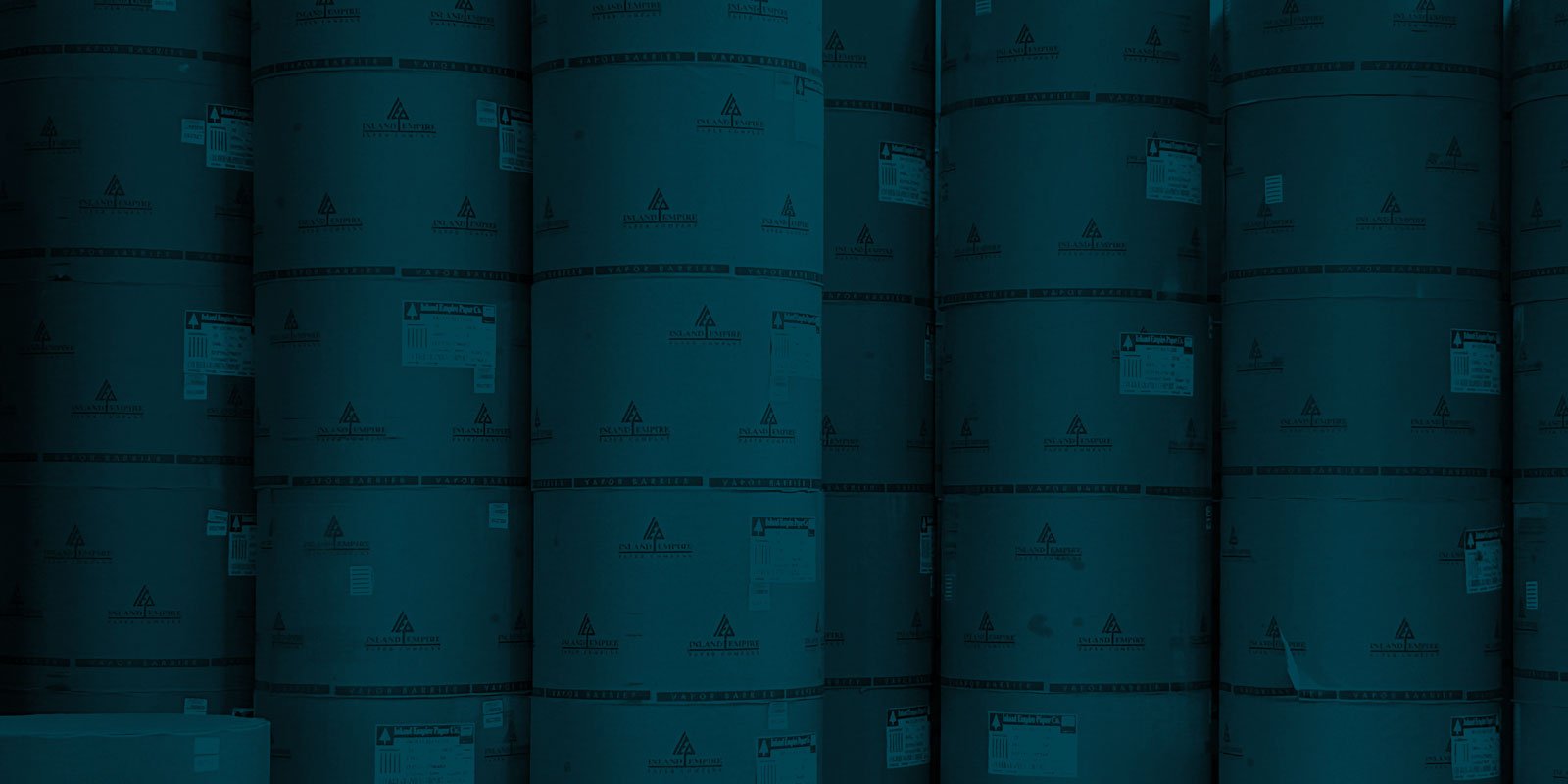
Printing Paper 101.
A Guide to Coated and Uncoated Papers for Your Next Project.
Paper, Paper, Paper!
Printing Paper 101: A Simple breakdown of the basic kinds of paper.
Choosing the right paper is essential for achieving the desired look and feel of your printed materials. Two common types of printing papers are coated and uncoated papers, each offering unique characteristics suitable for different projects. In this guide, we'll explore the differences between coated and uncoated papers and how to choose the right one for your next printing project.
Coated Papers: Coated papers have a smooth, glossy finish that gives printed images a sharp and vibrant look. The coating is typically made of clay or other minerals, which helps the ink sit on top of the paper, resulting in excellent color reproduction and image clarity. Coated papers are ideal for projects that require high-quality image reproduction, such as brochures, catalogs, and flyers.
Uncoated Papers: Uncoated papers do not have a coating, giving them a natural and textured feel. These papers are absorbent, allowing the ink to soak into the paper fibers. This results in a softer, more subdued look compared to coated papers. Uncoated papers are suitable for projects that require a more tactile and organic feel, such as business cards, letterheads, and envelopes.
How to Choose the Right Paper: When choosing between coated and uncoated papers for your project, consider the following factors:
Project Type: For projects that require high-quality image reproduction, such as photos or graphics, coated papers are a better choice. For projects that prioritize a tactile feel, such as invitations or letterheads, uncoated papers are more suitable.
Color and Finish: Coated papers offer a glossy finish that enhances color vibrancy, while uncoated papers provide a more natural, matte look. Consider the desired color and finish for your project when choosing between the two.
Budget: Coated papers are generally more expensive than uncoated papers due to their higher quality and finish. Consider your budget when selecting the paper for your project.
Printing Method: The printing method used for your project can also influence your choice of paper. Some printing methods, such as digital printing, work better with coated papers, while others, like offset printing, are more suitable for uncoated papers.
In conclusion, choosing the right paper is crucial for achieving the desired look and feel of your printed materials. Consider the project type, color and finish preferences, budget, and printing method when selecting between coated and uncoated papers for your next printing project.
Read more about: How to choose the right paper for your next project.
Here are some of our most commonly available stocks and their brightness.
Brand Press Type Brightness
Accent web 97
Balance web 80
Connect Offset web 92
Husky Offset web 94
Influence/Del Mar web 88
Lynx web 96
Norbrite web 70
Opus web 92
Pacesetter High bright web 98
Somerset web 88
Sonoma web 88
Sterling web 90
Twin Rivers web 80
Williamsburg offset web 94
Woodland #4 web 76
Woodland #5 web 72
Brand Press Type Brightness
Accent sheet-fed 97
Chorus Art sheet-fed 91
Cougar sheet-fed 98
Lynx sheet-fed 96
Pacesetter Coated sheet-fed 91
Pacesetter High Bright sheet-fed 98
Pacesetter Offset sheet-fed 92
Tango sheet-fed 92
Topkote sheet-fed 90


